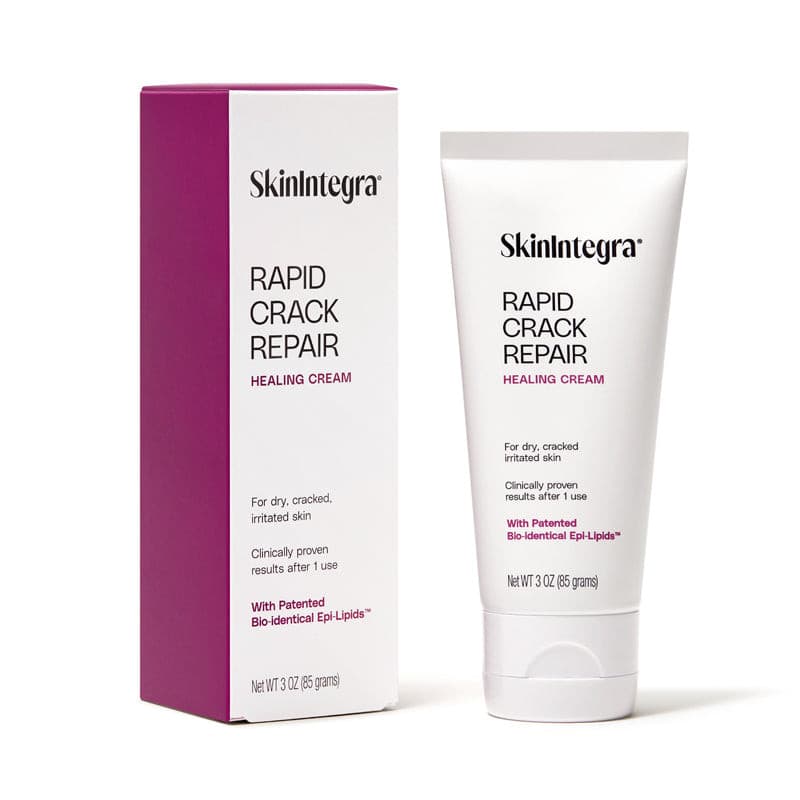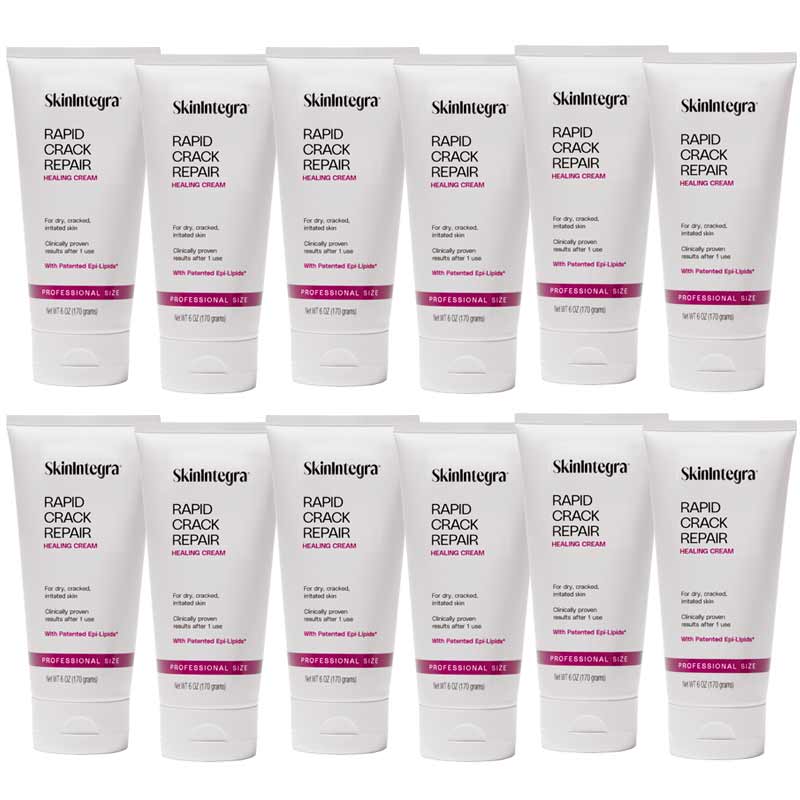Are you or someone you know struggling with pressure sores on the heel? If so, you're not alone. These painful wounds can be debilitating and require proper attention and care. In this step-by-step guide, we will walk you through the process of healing and managing pressure sores on the heel effectively.
Pressure sores, also known as bedsores or pressure ulcers, can occur when there is prolonged pressure on a particular area of the skin. The heel is particularly vulnerable due to constant pressure from activities such as walking or lying in bed for extended periods.
Our expert tips and techniques will help you understand the causes of pressure sores on the heel, as well as the best prevention strategies. We'll also provide you with step-by-step instructions on how to clean and dress the wound, promote healing, and relieve pain.
Don't let pressure sores on the heel keep you from living a comfortable and active life. Follow our comprehensive guide and take the necessary steps to heal and manage pressure sores effectively.
Understanding the causes and risk factors of pressure sores
Pressure sores, also known as bedsores or pressure ulcers, can occur when there is prolonged pressure on a particular area of the skin. The heel is particularly vulnerable due to constant pressure from activities such as walking or lying in bed for extended periods.
There are several risk factors that can increase the likelihood of developing pressure sores on the heel. These include:
- Immobility: Individuals who are bedridden or have limited mobility are at a higher risk of developing pressure sores on the heel.
- Poor circulation: Conditions that affect blood flow, such as diabetes or peripheral artery disease, can make the skin more susceptible to pressure sores.
- Friction and shear: Excessive friction or shear forces on the heel, such as dragging the feet on the ground or repetitive rubbing, can contribute to the formation of pressure sores.
- Moisture: Excessive moisture, such as from sweating or incontinence, can soften the skin and make it more prone to damage.
It's essential to understand these causes and risk factors to take proactive steps in preventing pressure sores on the heel.
Identifying the different stages of pressure sores on the heel
Pressure sores on the heel can progress through four stages, each with distinct characteristics. Early identification is crucial for effective treatment and management. Here are the different stages of pressure sores on the heel:
- Stage 1: In this stage, the skin appears red and may feel warm to the touch. It may also be itchy or painful. The affected area may not blanch when pressed.
- Stage 2: The skin in this stage may have broken or formed an open wound, often referred to as an ulcer. The ulcer is shallow and may look like a blister or abrasion.
- Stage 3: In this stage, the ulcer extends deeper into the skin, reaching the underlying tissues. It may appear as a crater-like wound with visible fat. The surrounding skin may show signs of infection.
- Stage 4: The most severe stage, stage 4 pressure sores, involve extensive tissue damage, often extending to the muscle, bone, or tendons. The wound may have a foul odor and may be accompanied by signs of infection.
By understanding the different stages of pressure sores on the heel, you can assess the severity of the wound and seek appropriate treatment.
Prevention techniques for pressure sores on the heel
Prevention is key when it comes to managing pressure sores on the heel. By adopting the following techniques, you can significantly reduce the risk of developing these painful wounds:
- Frequent repositioning: If you spend long periods in bed or seated, make sure to change your position every few hours to relieve pressure on the heels.
- Proper padding: Use pressure-relieving cushions or mattresses to distribute weight evenly and reduce pressure on vulnerable areas.
- Moisture management: Keep the skin clean and dry to prevent excessive softening and vulnerability to pressure sores. Use moisture-wicking clothing and absorbent pads if needed.
- Regular skin inspections: Check your heels daily for any signs of redness, discoloration, or skin breakdown. Early detection can help prevent the progression of pressure sores.
- Optimal nutrition: Maintain a healthy diet rich in vitamins, minerals, and protein to support skin health and healing.
By implementing these prevention techniques, you can minimize the risk of developing pressure sores on the heel.
Step-by-step guide to cleaning and dressing pressure sores on the heel
When it comes to cleaning and dressing pressure sores on the heel, proper technique is essential to promote healing and prevent infection. Follow these step-by-step instructions:
- Wash your hands thoroughly with soap and water or use a hand sanitizer before touching the wound.
- Gently clean the wound with a mild saline solution or an antiseptic wash recommended by your healthcare professional. Avoid using harsh cleansers or scrubbing the wound vigorously.
- Pat the area dry with a clean, soft towel. Do not rub the wound as it may further damage the skin.
- Apply an appropriate dressing to the wound, following your healthcare provider's instructions. This may include a non-stick pad, moisture-absorbing dressing, or specialized wound care products.
- Secure the dressing in place using medical tape or a bandage, ensuring it is snug but not too tight to restrict circulation.
- Change the dressing regularly as instructed by your healthcare provider, or if it becomes soiled or wet.
Remember to always consult with a healthcare professional for specific guidance on cleaning and dressing pressure sores on the heel.
Protect your skin with a skin barrier repair cream
SkinIntegra’s Rapid Crack Repair Cream is a novel repair moisturizer that was specifically formulated to help rapidly restore very dry, cracked skin conditions such as cracked heels and pressure sores. Its patented composition is the result of research into all the components of a healthy skin barrier. For that reason, it includes the essential moisturizing and lipid ingredients naturally found in a healthy skin barrier such as urea, lactic acid, hyaluronic acid for moisturizers and essential fatty acids, natural oils and ceramides for lipids.
Dr. Dawn Buratti, a podiatrist in Encino California, wrote about Rapid Crack Repair Cream that “Patients with pressure sores (pre-wound) report that the inflammation clears up within a week. ”
Rapid Crack Repair Cream is free of common skin irritants which can cause a reaction and slow the natural healing process in diabetic skin such as fragrances, dyes, parabens and other harsh preservatives, petroleum-based ingredients, and phthalates.

Utilizing pressure-relieving devices and aids for heel pressure sores
Pressure-relieving devices and aids can play a significant role in managing and preventing pressure sores on the heel. Here are some options to consider:
- Heel protectors: These specially designed cushions or boots can help distribute pressure evenly and reduce the risk of pressure sores.
- Offloading devices: Offloading devices, such as heel suspension boots or air-filled mattresses, can provide relief by minimizing direct pressure on the heel.
- Cushions and pillows: Use cushions or pillows to elevate the heels and reduce pressure while lying down or sitting.
- Wheelchair modifications: If you use a wheelchair, consider adding pressure-relieving cushions or getting a specialized wheelchair with adjustable seating to reduce pressure on the heels.
Consult with your healthcare provider or a medical equipment specialist to determine the most suitable pressure-relieving devices and aids for your specific needs.
Importance of nutrition and hydration in healing pressure sores
Proper nutrition and hydration are essential for the healing process of pressure sores on the heel. Here are some key considerations:
- Protein-rich diet: Include foods high in protein, such as lean meats, fish, eggs, dairy products, legumes, and nuts, to support tissue repair and wound healing.
- Vitamin C and zinc: These nutrients play a crucial role in collagen production and tissue repair. Include citrus fruits, berries, leafy greens, and nuts in your diet.
- Hydration: Drink an adequate amount of water throughout the day to maintain hydration and support overall skin health.
A well-balanced diet, supplemented with appropriate vitamins and minerals, can help optimize the healing process of pressure sores on the heel.
When to seek medical attention for pressure sores on the heel
While many pressure sores on the heel can be managed with proper care and attention, there are instances when medical attention is necessary. Seek immediate medical attention if you experience any of the following:
- Signs of infection, such as increased redness, swelling, warmth, or discharge from the wound.
- Worsening pain or discomfort that is not relieved by over-the-counter medications.
- Fever or chills.
- Rapidly progressing or non-healing wounds.
- Signs of cellulitis, such as red streaks extending from the wound.
Prompt medical attention is crucial to prevent complications and ensure proper treatment of pressure sores on the heel.
Conclusion: Taking proactive steps for the prevention and management of heel pressure sores
Pressure sores on the heel can be challenging to deal with, but with proper care and attention, they can be effectively managed and prevented. By understanding the causes, risk factors, and stages of pressure sores, you can take proactive steps to reduce the likelihood of developing these painful wounds. Remember to follow the step-by-step instructions for cleaning and dressing pressure sores and seek medical attention if necessary. Incorporate pain management techniques, utilize pressure-relieving devices, and maintain proper nutrition and hydration to support the healing process. With these strategies in place, you can take control and live a comfortable and active life, free from the burden of pressure sores on the heel.





